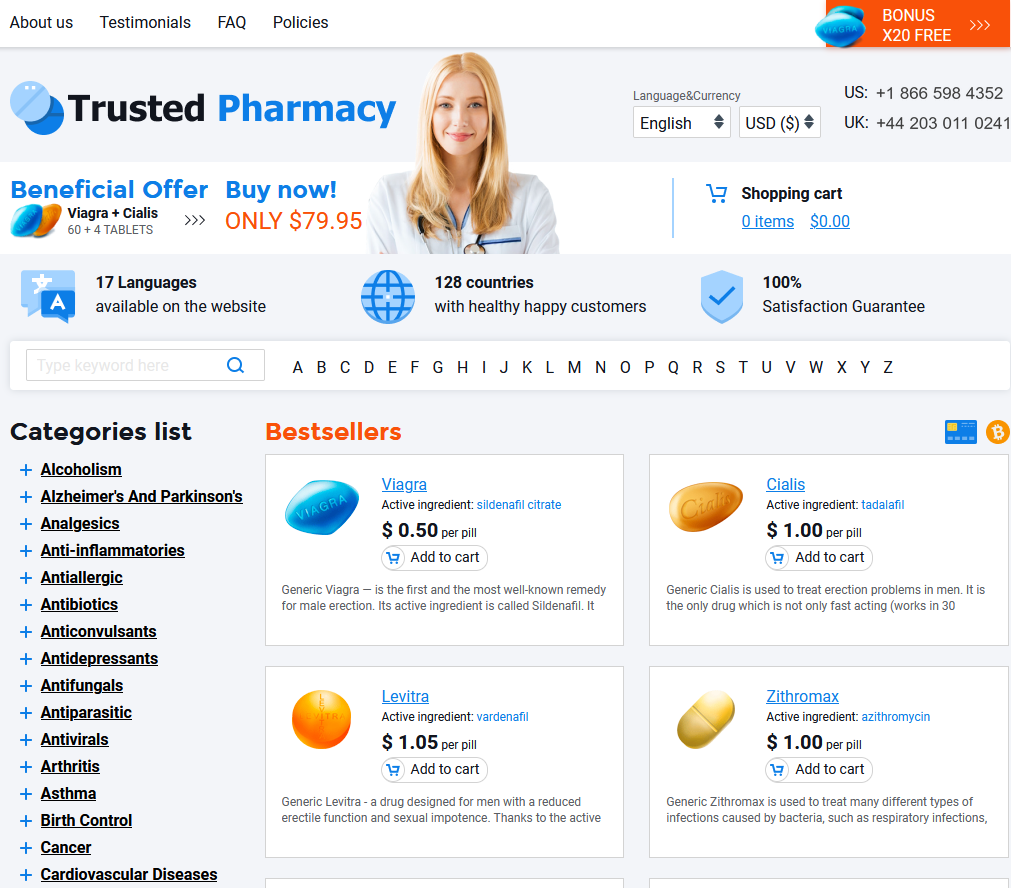 Vermox for Children: Safety and Effectiveness
Vermox for Children: Safety and Effectiveness
Understanding Vermox: Key Facts for Parents
Stepping into the world of Vermox ensures your child's battle against parasitic infections is informed and active. Vermox, a widely used antiparasitic medication, is specifically designed to target common infections such as pinworms, whipworms, hookworms, and roundworms. Approved by healthcare professionals globally, it's regarded as a trusted ally in restoring children's health and comfort. By disrupting the life cycle of these parasites, Vermox works to eliminate them effectively, ensuring a rapid recovery.
Below is an essential overview of Vermox designed for parents:
| Key Facts | Description |
|---|---|
| Function | Antiparasitic medication |
| Targets | Pinworms, whipworms, hookworms, roundworms |
| Approval | Widely used globally |
Arming yourself with knowledge about Vermox not only ensures its correct use but also safeguards your child’s well-being, re-establishing their health and ensuring peace of mind.
Common Parasitic Infections in Children

From bustling playgrounds to classrooms, children are often exposed to environments where parasitic infections like threadworms, roundworms, and whipworms thrive. These parasites can lead to uncomfortable symptoms such as itching, abdominal pain, and irritability. Vermox, an anthelmintic medication, plays a crucial role in combating these unwelcome guests, helping to restore children's health and well-being. Given its widespread occurrence, understanding these infections and their symptoms empowers parents to seek timely and appropriate treatment, ensuring their children's overall health and uninterrupted playtime adventures.
How Vermox Works: Mechanism of Action
Vermox, a widely used medication for treating parasitic infections, serves as an effective remedy by disrupting critical cellular functions in parasites. It targets parasites such as pinworms, whipworms, roundworms, and hookworms by inhibiting the polymerization of tubulin, a protein vital for their growth and reproduction. This action leads to the depletion of energy reserves within the parasites, causing them to lose their ability to maintain essential life processes. As a result, the parasites are gradually killed or expelled from the child's body through natural bowel movement. By explaining this mechanism, parents can better understand how Vermox helps rid children of these debilitating infections.
Dosage Guidelines: Administering Vermox Safely

Ensuring the safe administration of Vermox to children is crucial for effective treatment of parasitic infections. Parents should adhere to specific dosage guidelines to ensure their child's safety. Typically, for children over two years of age, the usual dose is a 100 mg tablet. However, individual needs might vary based on age, weight, and the specific type of infection. It’s essential for parents to consult a healthcare professional before initiating Vermox treatment, as they can provide personalized dosage advice.
Administering Vermox involves carefully following the prescribed dosage schedule. If the treatment involves a single dose, it often can be taken with or without food. For multi-day treatments, maintaining consistency in timing ensures the medication's effectiveness. Parents must also ensure that the child swallows the tablet whole without chewing to prevent potential irritation.
Storing Vermox properly is another critical aspect of safe administration. Keep the medication in its original packaging, away from moisture and direct sunlight, and out of reach of young children. Additionally, parents should regularly check the expiration date, as using expired medication can compromise its safety and effectiveness. Following these guidelines helps minimize risks and maximize benefits, making Vermox a reliable option for treating parasitic infections in children.
Evaluating the Effectiveness of Vermox Treatment
For parents considering Vermox as a treatment option, understanding its effectiveness is crucial. Vermox is known for its ability to tackle common parasitic infections such as pinworms, roundworms, and whipworms in children. Clinical studies show that Vermox is highly effective, often clearing infections with just one or two doses. This fast-acting solution works by inhibiting the worms’ ability to absorb glucose, which starves them and leads to their eventual elimination from the child’s system.
To further assess its efficacy, factors like the type of infection, the child’s age, and the overall health condition are significant. Continuous compliance with dosage instructions amplifies Vermox's success rate, minimizing reinfection risks. Parental observation post-treatment is vital, as symptoms such as itching or abdominal discomfort should subside promptly after administration. Consulting with healthcare professionals ensures that Vermox is the right course of action—paving the way for a quick recovery and peace of mind.
| Factor | Impact on Effectiveness |
|---|---|
| Infection Type | Determines dosage and duration |
| Child’s Age | Guides correct dosage |
| Overall Health | Influences recovery process |
Side Effects and Precautions to Consider
It is essential to consider potential side effects and necessary precautions when administering Vermox to children. Common side effects are usually mild and may include stomach discomfort, nausea, dizziness, diarrhea, or headache. However, it's crucial to understand that serious allergic reactions are rare but can occur, marked by symptoms such as rash, itching, severe dizziness, or trouble breathing. Monitoring your child for any adverse effects and seeking medical attention if severe side effects are observed is advisable.
Equally important are the precautions that should be maintained while using Vermox. Ensuring the child does not have any known allergies to mebendazole or any components of the formulation is vital. Additionally, consultation with a healthcare provider is recommended, especially if your child is on other medications or has underlying health conditions such as liver problems.
Before initiating treatment, parents should discuss any potential interactions Vermox might have with other medications, vitamins, or herbal supplements their child is taking. This comprehensive approach minimizes risks and ensures effective and safe treatment. For further reading on the safety and clinical guidelines regarding Vermox, you can refer to these resources: MedlinePlus and CDC Parasites - DPDx.